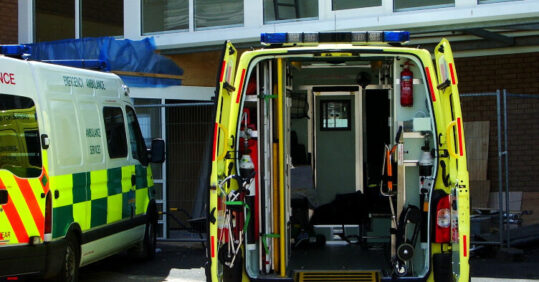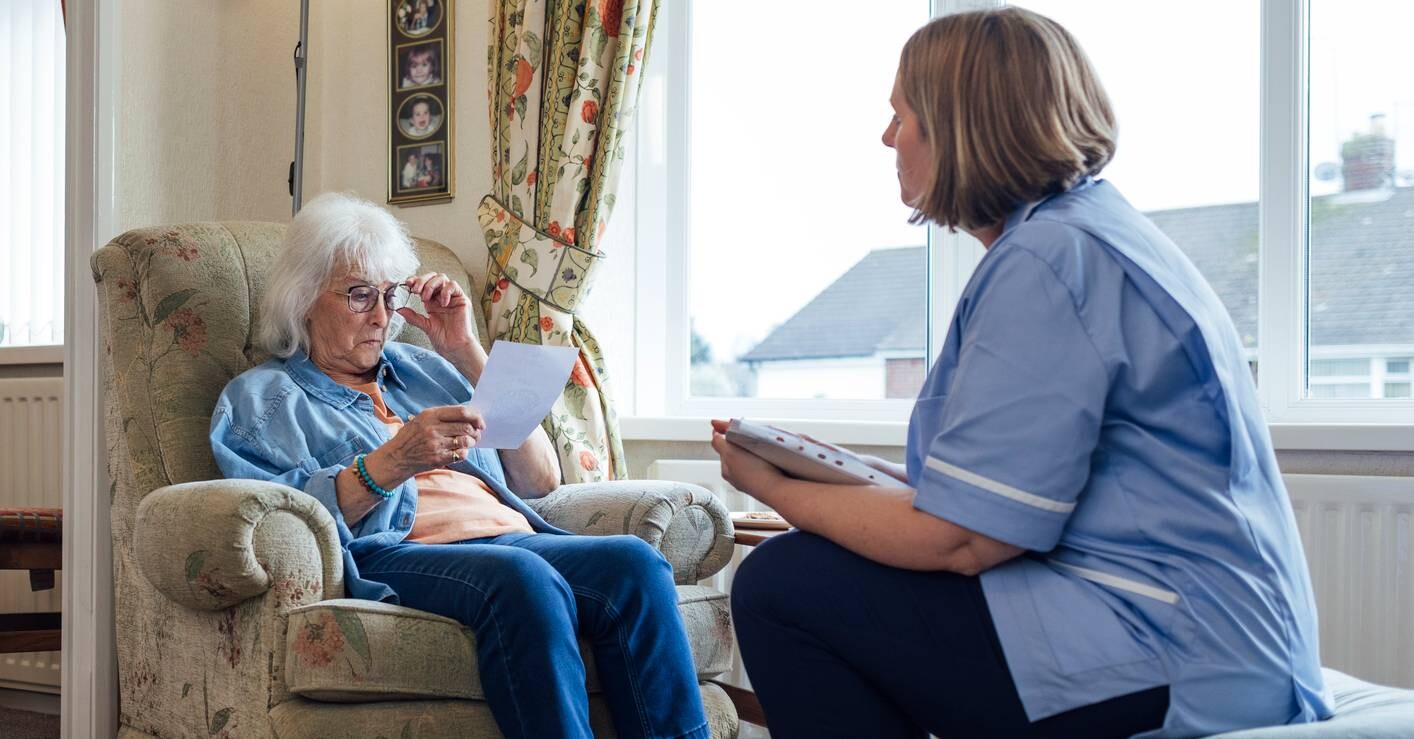NHS Plan: £1bn plan for hospital services reliant on bolstering community services

Investment of up to £1bn for initiatives including thousands of extra hospital beds has been announced by government, though NHS experts warn that the plan will be reliant on supporting staffing and community services.
In a bid to slash long emergency care wait times, the NHS will rollout 5,000 new beds, boosting inpatient capacity by 5%, and 800 new vehicles for the ambulance fleet.
Details of the £1bn cash injection has now been set out in a joint government and NHS England two-year blueprint.
However, healthcare experts have raised questions about how effective the Government’s plan can be unless the investment is supported by better staffing and more community services.
Health and Social Care Secretary Steve Barclay said: ‘The health and care service is facing significant pressures and while there is no quick fix, we can take immediate action to reduce long waits for urgent and emergency care.’
There are currently an estimated 47,000 nursing vacancies across the NHS, with staff in critical care, maternity wards, and general practice all reporting disruption and stress caused by understaffing.
Related Article: New preceptorship package for social care nurses
RCN director for England, Patricia Marquis, said: ‘More hospital beds and more community and social care services are desperately needed to ensure patients get the right care in the right place at the right time.’
‘But the real problem is the lack of staff. Extra beds are only safe when there are enough nurses for the patients in them. And because of the workforce crisis, existing services are unsafe.’
The plan unveiled by the NHS today also includes significant plans to improve discharge and step-down services to join up hospital and community care, including treating many more people at home.
There is also a promise of more community teams, aiming to reach vulnerable patients in less than two hours. According to officials, up to 20% of hospital admissions are avoidable in this way by having the right care in place pre-emptively.
Commenting on the plans Matthew Taylor, chief executive of the NHS Confederation, said: ‘With emergency and urgent care services under extreme pressure it is right the NHS takes stock of the steps needed to recover performance and expands key initiatives that are already leading to improvements, such as ‘virtual wards’ and same day emergency care units.
However, Mr Taylor also pointed out that further progress would require ‘looking at more fundamental changes to improve the health of local communities, as well as the support available to local authorities to fund more social care packages as this will then help improve the flow of patients through hospitals.’
While the plan for greater investment was welcomed by many, concerns about funding and staffing still remain.
Related Article: Applications to study nursing in England at ‘new low’
Speaking on BBC Radio 2 today, chief executive of the Queen’s Nursing Institute Dr Crystal Oldman said that ‘we already know that the existing staff are stretched. The staffing shortage is already acute in a lot of district nursing teams where they are already working beyond their hours.
‘So, we know they are stretched already so where the staff will come from is still a question mark.’
The £1bn of funding is, in fact, not new money but will rather be drawn from funds announced in last year’s Autumn statement for health and social care, according to the NHS plan.
Ms Marquis said: ‘The aspiration in this policy is right – patients should always be treated in the right place and for many that is at home. Some patients can have their needs met through a virtual consultation.
‘But this plan relies on ramping up community services – services which in the case of nursing have been decimated in recent years.
Related Article: Paul Rees appointed as permanent NMC chief executive and registrar
‘There is a dire workforce shortage across nursing and it is biting particularly hard in community services, with the number of district nurses falling significantly in the last decade amid soaring demand and care needs becoming increasingly complex.’

See how our symptom tool can help you make better sense of patient presentations
Click here to search a symptom




